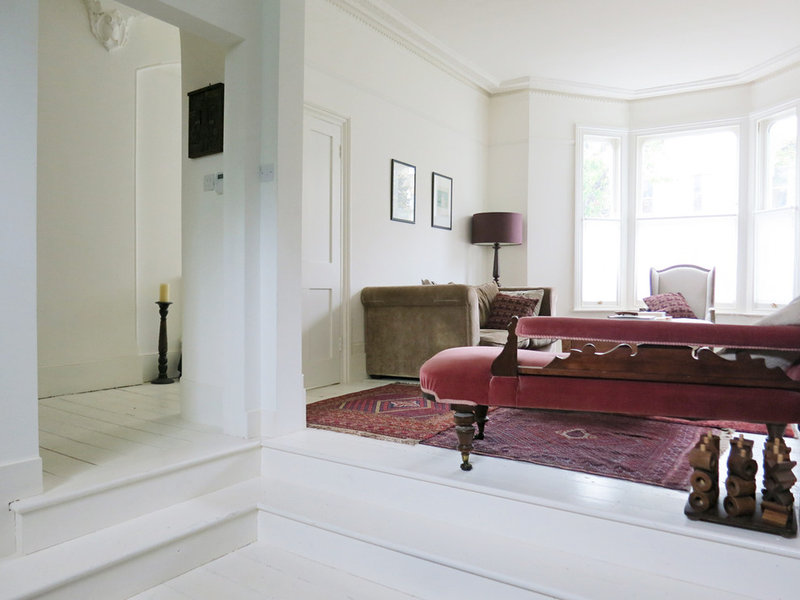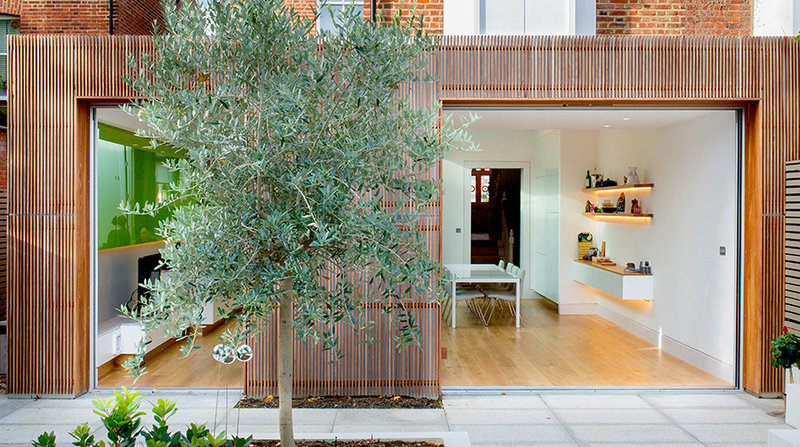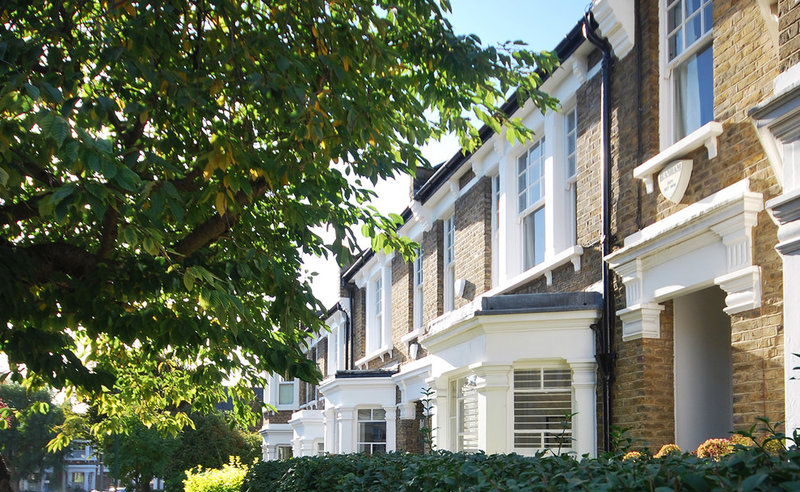Total housing starts for 2014 reached the 1 million mark for the first time since 2007. Data from the Census Bureau and HUD for December, plus revisions for October and November, pushed total housing construction to a total of 1,005,800 for the year.
Multifamily construction held virtually even at a 361,000 annual rate, down 0.8% from November. For the year, multifamily starts were up 16% to 358,000, the highest tally since 2007.
The pace of December starts was up 4.4% from November to a 1.089 million annualized rate. The late-year push was led by single-family construction, which was up 7.2% in December, reaching the highest monthly rate since March 2008.
The increase for single-family development mirrors continued positive reporting from the NAHB/Wells Fargo Housing Market Index (HMI), a measure of builder confidence. For January, the HMI held steady at a level of 57. Any value above a level of 50 indicates more respondents view market conditions as good rather than poor.
The NAHB Remodeling Market Index (RMI) also suggested attractive market conditions for the home improvement sector. The RMI came in at 60 for the final quarter of 2014 and has been above the key 50 level since the second quarter of 2013.
Home sales showed strength at the end of 2014. The sales pace of newly built, single-family homes increased 11.6% in December to a seasonally adjusted annual rate of 481,000, according to data from HUD and the Census Bureau. This is the highest monthly sales rate since June 2008. The inventory of new homes for sale rose to 219,000 in December, a 5.5-months’ supply at the current sales pace.
The market share of conventional financed purchases for new homes is also growing, with declines seen in the share of FHA-insured purchases. These changes are consistent with a market recovering to more normal conditions.
Also demonstrating improvement for the second half of 2014, the pace of existing home sales increased 2.4% in December, although the share of sales to first-time buyers continued to disappoint at 29%. Existing home sales exceeded a 5 million sales pace for the sixth time in the past seven months and were 3.5% above the same period a year ago.
The momentum gained in the housing market at the end of 2014 should continue in to next year. NAHB is projecting strong growth for single-family production, which is expected to rise to 804,000 units. NAHB is also forecasting 2% growth for multifamily and a 3% increase for remodeling.
Housing prices continue to rise, albeit at slower rates. The Federal Housing Finance Agency House Price Index rose 5.3% for November, the 34th consecutive month of year-over-year growth. Over the last two and half years, home prices have risen by 19%. At the same time, residential rents have increased. Using Consumer Price Index (CPI) data, NAHB estimates that rent growth has outpaced inflation by 1.7%.
A significant economic story in recent months has been the dramatic decline in gas prices. The CPI’s gasoline index has declined 21% over the last 12 months. On a seasonally adjusted month-over-month basis, the overall CPI fell 0.4%. Over the past 12 months, prices on expenditures made by urban consumers have increased by just 0.8% before seasonal adjustments.
While good for the overall economy, the decline in gas prices will likely have little impact on building material prices. In December, data from the government’s Producer Price Index indicated that prices for a number of materials declined in December, including gypsum (-3.8%) and softwood lumber (-1.2%). OSB prices rose 0.2%. Material costs for builders are expected to rise in 2015, particularly for gypsum, as housing production increases.
Muted increases for inflation indicators like the CPI have modified the focus of the Federal Reserve. With economic output expanding, strong job growth and a declining unemployment rate the Fed’s monetary policy committee has shifted its focus to below-target (2%) inflation as the primary threat to the continuing economic recovery. Consensus expectations are for a first increase in the federal funds rate for mid-2015.
In analysis news, NAHB economists explored survey data of Millennial housing preferences. Most prospective home buyers in this generation want to buy a single-family detached home and prefer to live in the suburbs. However, 10% would choose to live in the central city, which is a larger share that reported by Gen Xers and other generations.
While Millennials want to achieve homeownership, downpayments and loan qualification remain an important hurdle. Research from the Federal Reserve Bank of New York indicates that such finance constraints on mortgage access have a considerably larger impacts on housing demand than do historical changes in mortgage interest rates.
read more…
http://eyeonhousing.org/2015/01/eye-on-the-economy-housing-starts-top-1-million-for-2014/










